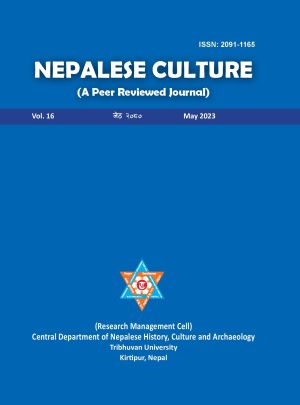Heritage Interpretation Techniques and its Epistemology of the World Heritage Site, Lumbini, Birth Place of Lord Buddha
DOI:
https://doi.org/10.3126/nc.v16i1.54124Keywords:
Epistemology, Interpretation, Sacred Landscapes, zoning, circumambulationAbstract
Heritage interpretation, as a systematic approach to non-formal learning centered on communicating important ideas about a place to people, can play a distinct role in fostering effective and inclusive heritage management by assuring alignment with sustainable development values and introducing participatory approaches. Cultural heritage interpretation is one of the strategies used in planning and development management to help visitors better understand and appreciate the heritage. Additionally, cultural heritage can have exceptional tourist potential that is revealed through a well-designed and properly implemented process of interpretation. However, the subject of interpretation can also be one that does not have a significant tourism potential but becomes appealing as a result of it. The examined instances support the importance of interpretation in the modern use of legacy, as well as in the creation of new goods, a positive brand, and places. Examples also highlight the significance of institutional organizational support for interpretation in order to successfully integrate cultural asset conservation and tourist growth.
Downloads
Downloads
Published
How to Cite
Issue
Section
License
© Central Department of Nepalese History, Culture and Archaeology, Tribhuvan University




